As the winter chill fades away and nature springs back to life, many people find themselves dealing with worsening allergy symptoms. The arrival of spring brings an abundance of pollen from trees, grasses, and flowers, triggering reactions for those who suffer from yearly allergies. Join us as we unravel the complexities of spring allergies and uncover ways to find relief during the peak allergy season.
Humidity and Your Allergies
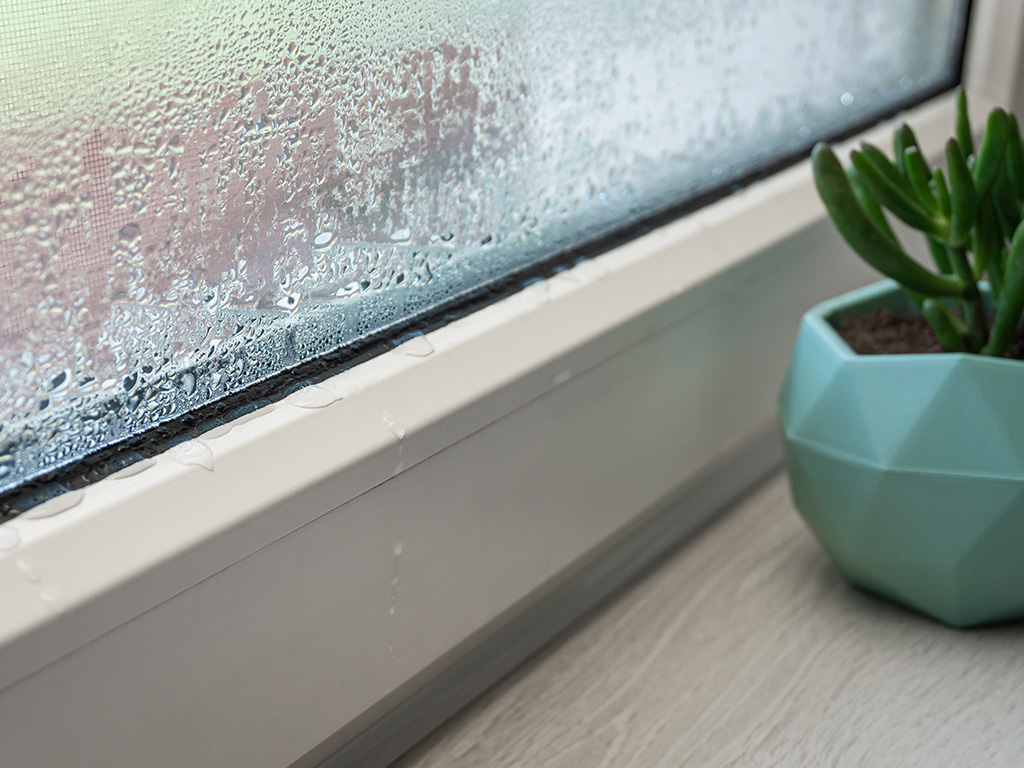
Get ready to rejoice, because high humidity and rain in the forecast may mean relief for your allergies! Rainstorms can cause pollen to drop from the air when it collects on falling raindrops, which means there will be less pollen in the air afterwards to aggravate your symptoms.
What is a Pollen Count?
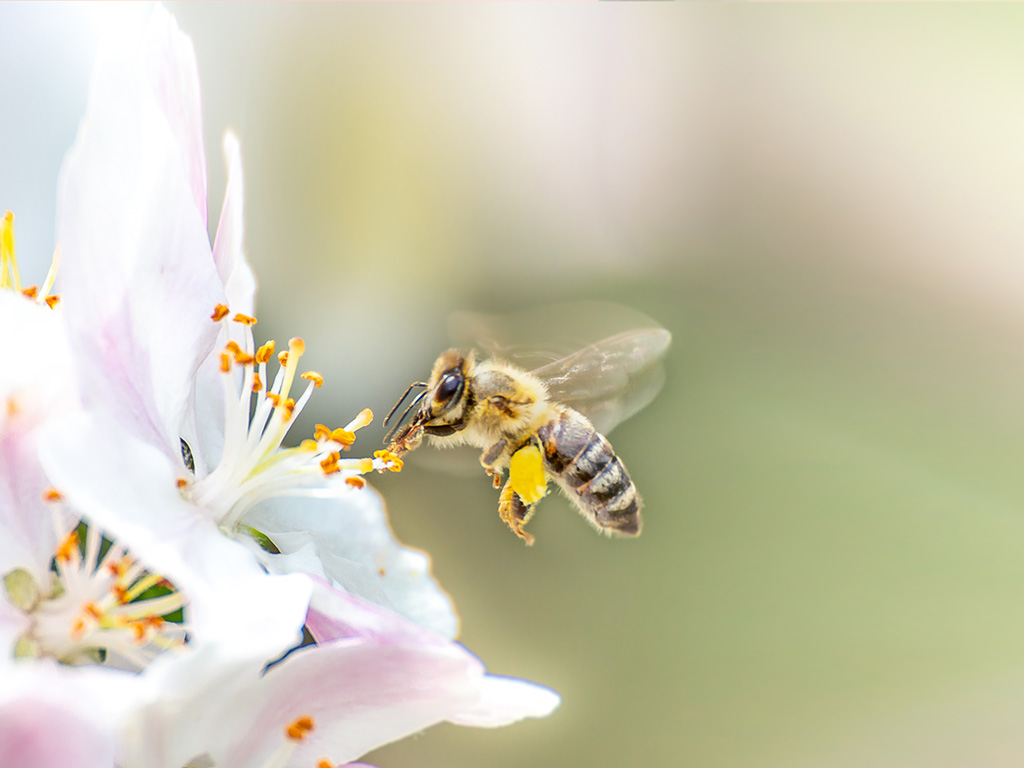
In the springtime, pollen is much more present in the air than usual, and you’ve probably noticed it lingering on surfaces if you live in an area surrounded by nature. A pollen count is a measurement of the number of pollen grains in the air at a given time. Take notice of this metric during weather reports, because it could heavily impact your allergy symptoms.
Heavy Winds Can Worsen Symptoms
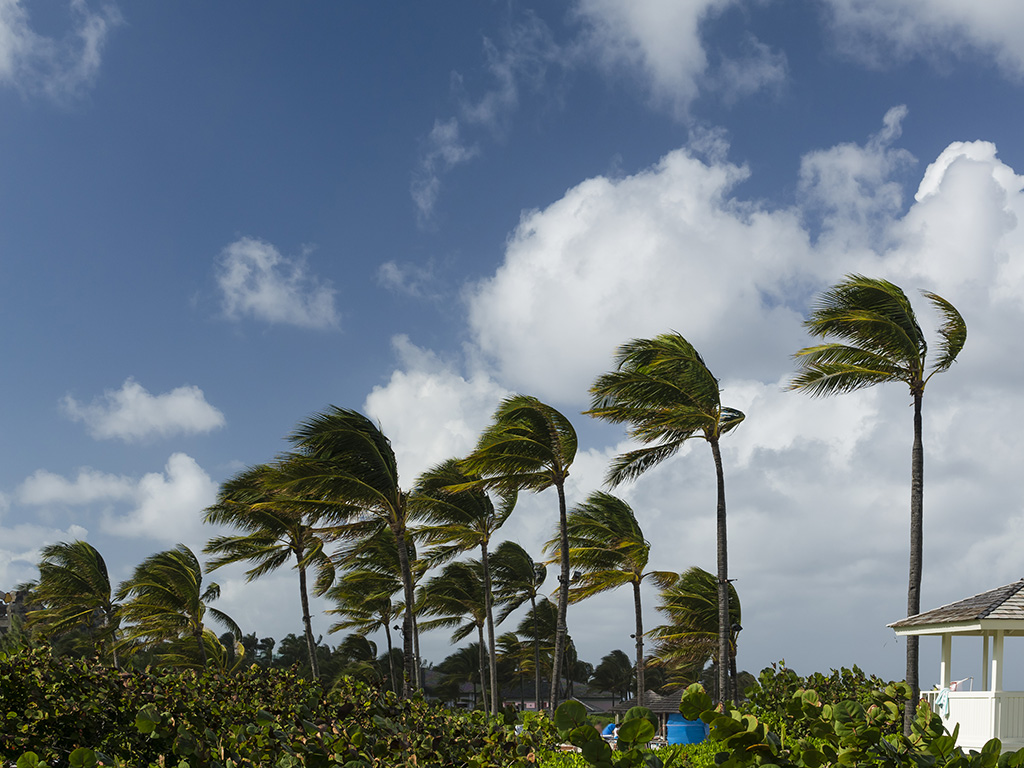
If the forecast calls for heavy winds, take precautions before you go outside. Heavy winds can cause pollen and even mold spores to become airborne, meaning there’s a greater chance that you could have a reaction while outdoors.
Keep An Eye on Air Temperature
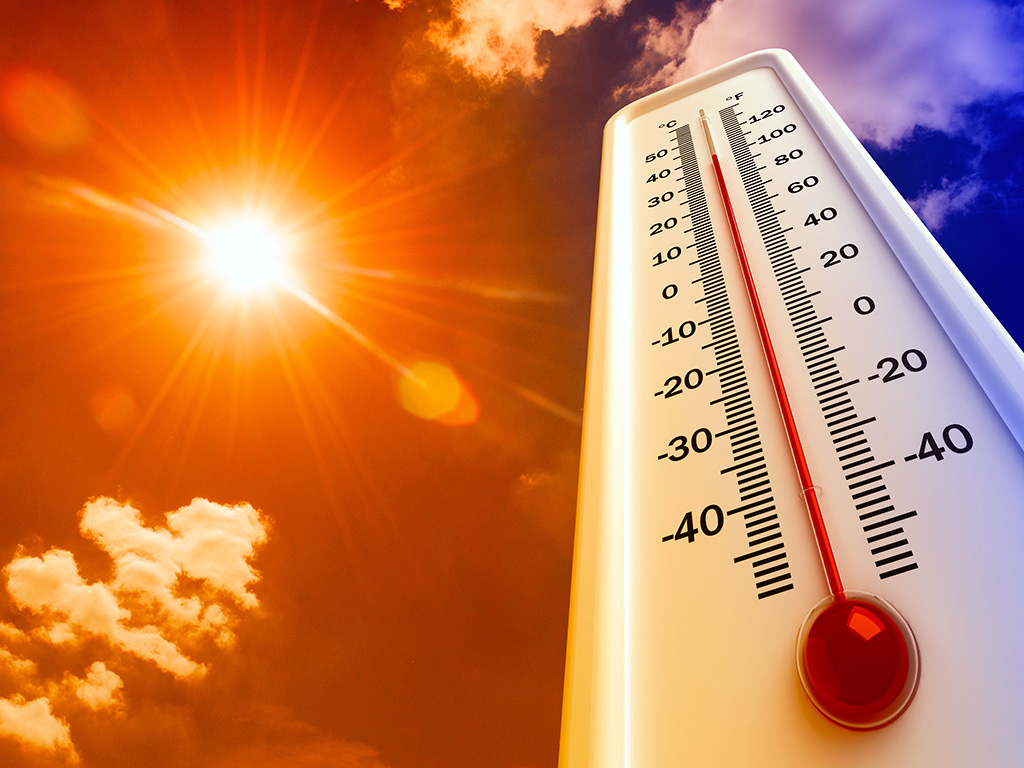
Cold, dry air may seem better for your breathing than hot, humid air, but unfortunately, breathing it in can make the bronchial tubes constrict and spasm as they try to keep airways open, making symptoms worse.
What is Cold Urticaria?

Cold urticaria is a rare allergic reaction to cold temperatures that can cause hives, itching, and swelling on the skin after exposure to cold air, water, or objects. Symptoms of cold urticaria can vary in severity, ranging from mild discomfort to more serious reactions such as difficulty breathing or a drop in blood pressure. Managing cold urticaria typically involves avoiding exposure to cold environments, wearing protective clothing, and taking antihistamines to alleviate symptoms.
“Thunderstorm Asthma”

Thunderstorms bring barometric changes, high humidity and winds that blow pollen and mold spores everywhere. This can lead to a phenomenon called thunderstorm asthma. This is a condition that occurs when high pollen levels in the air combine with a thunderstorm, triggering severe asthma symptoms In addition, lightning generates nitrogen oxides that can impact ground-level ozone, irritating the lungs and airways.
What You Can Do to Alleviate Symptoms
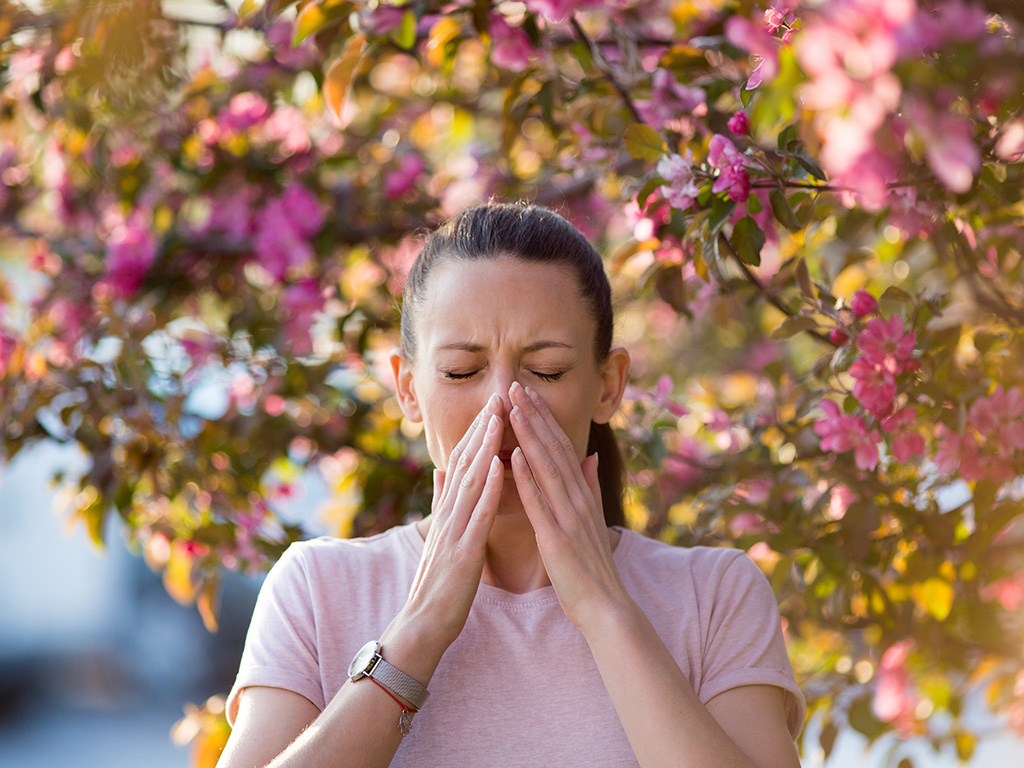
Purchasing an air filter for your home is a great place to start to rid your home of allergens and other particles that could irritate your allergies, including mold and bacteria. Furthermore, you can focus on healthy lifestyle habits, such as bathing regularly to remove allergens from your hair and body at the end of the day.
Healthy Habits

When coming into contact with allergens that trigger allergy flare-ups, try to avoid touching your face or eyes, and washing your hands immediately afterwards. Most importantly, it’s essential to always consult a doctor or allergist for an accurate diagnosis and treatment plan, which may include OTC oral antihistamines.
Clean Your Surroundings Often

The best way to deal with allergy symptoms is to avoid contact with allergens. In addition, try to take any necessary precautions, such as keeping your environment clean, dry, and well-ventilated (free of dust, mold, or pollen) to help avoid potential triggers at home.
Balancing Indoor Climate
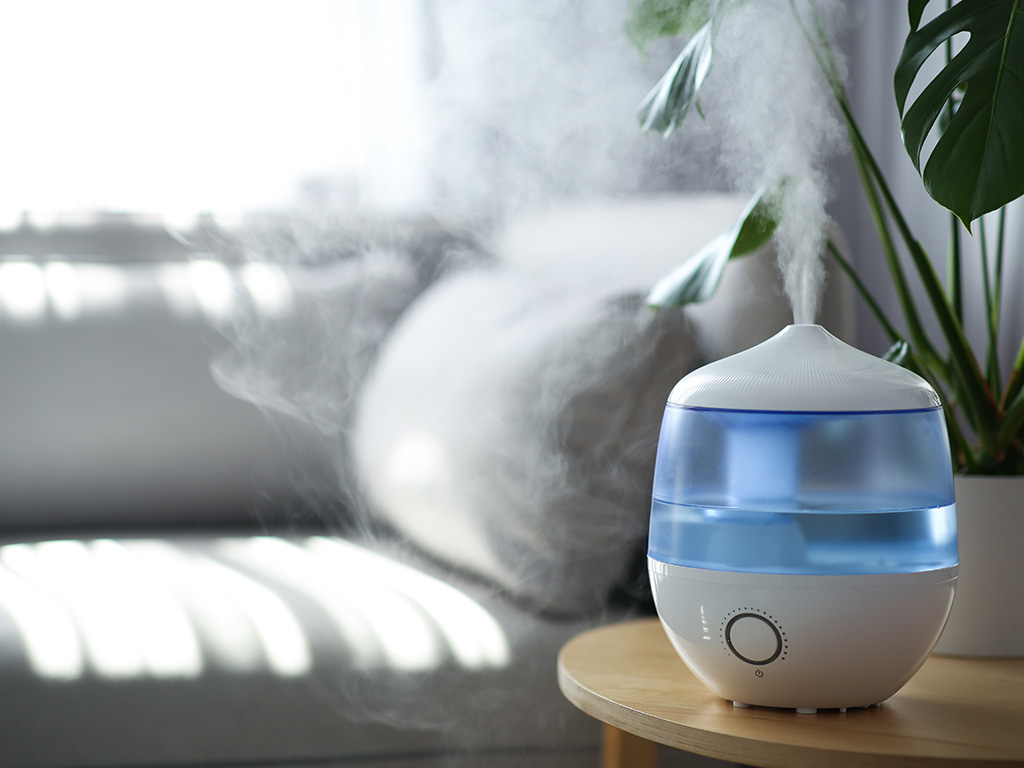
Maintaining optimal humidity (around 40-50%) indoors helps minimize allergen spread. Whole-home humidifiers provide a sustainable solution to this issue, but minimizing shower times and limiting air conditioner use can also help keep home moisture levels low.
HEPA Filters Are Your Best Bet
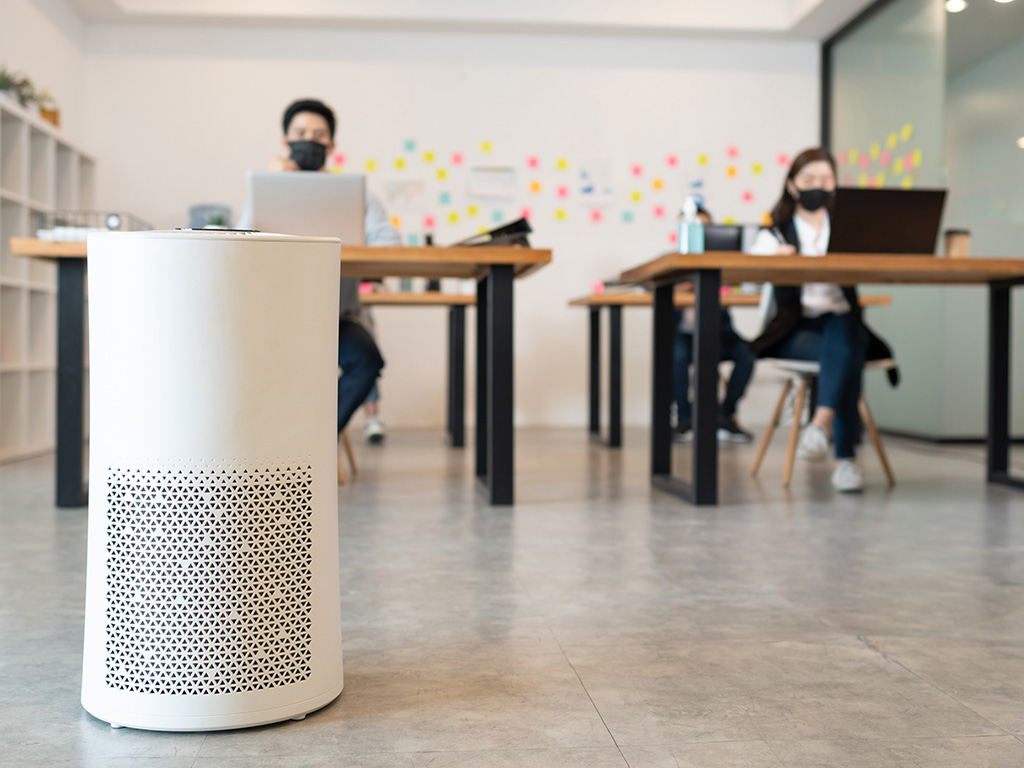
Air filters that utilize a high efficiency particle air or HEPA filter are highly recommended by experts for their ability to filter out 99.97% of dust, pollen, mold, bacteria and any airborne particles larger than 0.3 microns. These are the same filters used in hospitals to combat the spread of disease.
Is Climate Change to Blame?

Global warming has the potential to worsen allergy symptoms for at least 25 million Americans, according to a report by the National Wildlife Foundation and Asthma and Allergy Foundation of America. This report predicts that, if left unchecked, climate change could lead to extended growing periods for a number of symptom-triggering respiratory allergens—such as ragweed pollen and tree pollen—and skin allergens like poison ivy.
Spring Comes Earlier Each Year

It also reported that the spring season now arrives, on average, 10 to 14 days earlier than it did 20 years ago. All of these factors, in turn, may increase the length of peak allergy seasons and the prevalence and duration of symptom flare-ups among allergy sufferers.
Longer Days and Warmer Temperatures

During spring, longer days and warmer temperatures stimulate plant growth and blooming. This favorable environment accelerates pollen production and dispersal, creating a higher concentration of allergens in the air. The combination of daylight hours and mild temperatures prolongs the allergy season, prolonging exposure to triggering allergens.
Outdoor Activities

Springtime often entices people to spend more time outdoors, engaging in activities like gardening, hiking, or picnicking. Increased outdoor exposure exposes individuals to pollen and other allergens, heightening the risk of allergic reactions. Pollen can attach to clothing, hair, and pets, further exacerbating allergy symptoms when brought indoors.
Cross-Reactivity with Food Allergies

Some individuals may experience cross-reactivity between seasonal allergies and certain food allergies. For example, individuals with birch pollen allergies may also react to certain fruits and vegetables, such as apples, cherries, and carrots, due to the proteins shared between the pollen and these foods. This phenomenon can lead to oral allergy syndrome, causing itching or swelling in the mouth, throat, or lips when consuming these foods during the spring allergy season.
Airborne Irritants

In addition to pollen, springtime can also introduce other airborne irritants that worsen allergy symptoms. Mold spores thrive in damp, humid conditions, which are prevalent during the spring months. Dust mites and pet dander, common indoor allergens, can also exacerbate allergies when homes are opened up for ventilation during the spring. The presence of multiple allergens in the air can overload the immune system, leading to heightened allergic responses.
Weakened Immune System
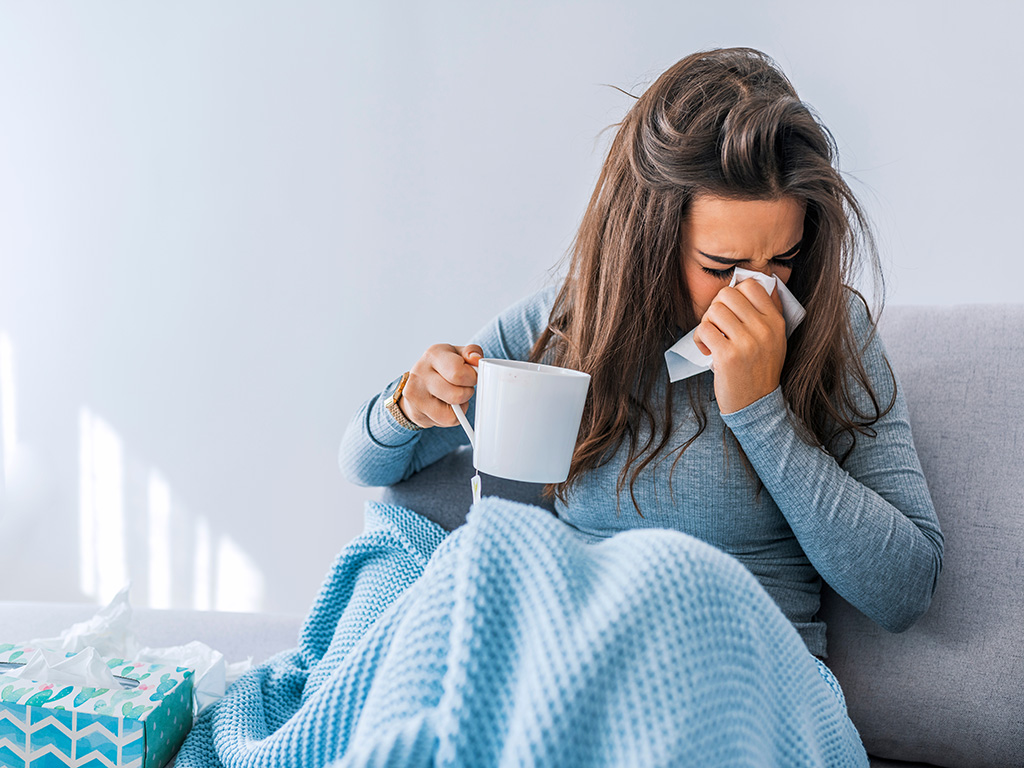
The winter months, with their colder temperatures and reduced outdoor activity, can sometimes weaken the immune system. As spring approaches, the sudden increase in allergen exposure can overwhelm a compromised immune system, making individuals more susceptible to allergic reactions. Strengthening the immune system through a healthy diet, regular exercise, and proper rest can help reduce the severity of allergy symptoms.
Altered Plant Phenology

Climate change can affect the timing of plant phenology, which refers to the seasonal cycles of plant growth and development. As temperatures warm earlier in the spring, plants may bloom and produce pollen earlier than usual. This advancement in plant phenology can result in an extended period of allergen exposure, amplifying the intensity and duration of spring allergies for individuals sensitive to pollen.
Increased CO2 Levels
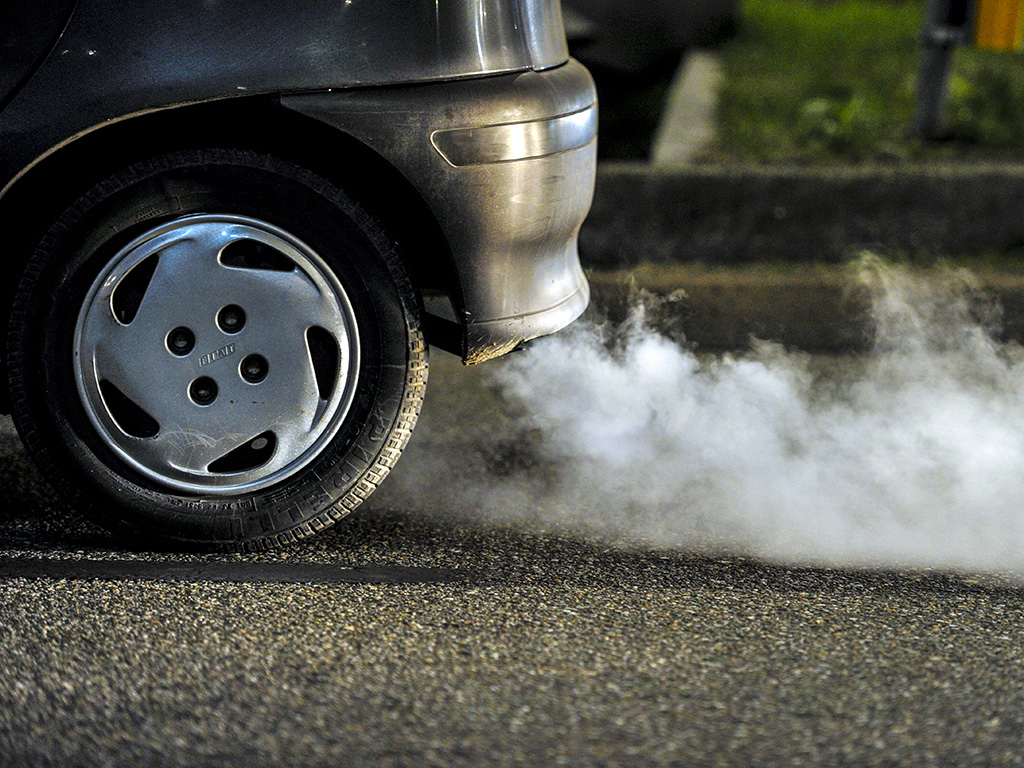
Elevated levels of carbon dioxide (CO2) in the atmosphere due to climate change can also impact allergen production. Studies have shown that higher CO2 concentrations can stimulate certain plants to produce more pollen, leading to an uptick in allergen exposure. This phenomenon can contribute to the worsening of spring allergies and may pose challenges for individuals with allergic sensitivities.
Urbanization and Air Pollution

Urbanization and the associated air pollution can exacerbate allergy symptoms during the spring. Pollutants such as particulate matter and ozone can irritate the respiratory system and aggravate existing allergies. Combined with high pollen levels in urban areas, the interaction between air pollution and pollen can intensify allergic reactions, making it important to monitor air quality and take measures to reduce exposure.